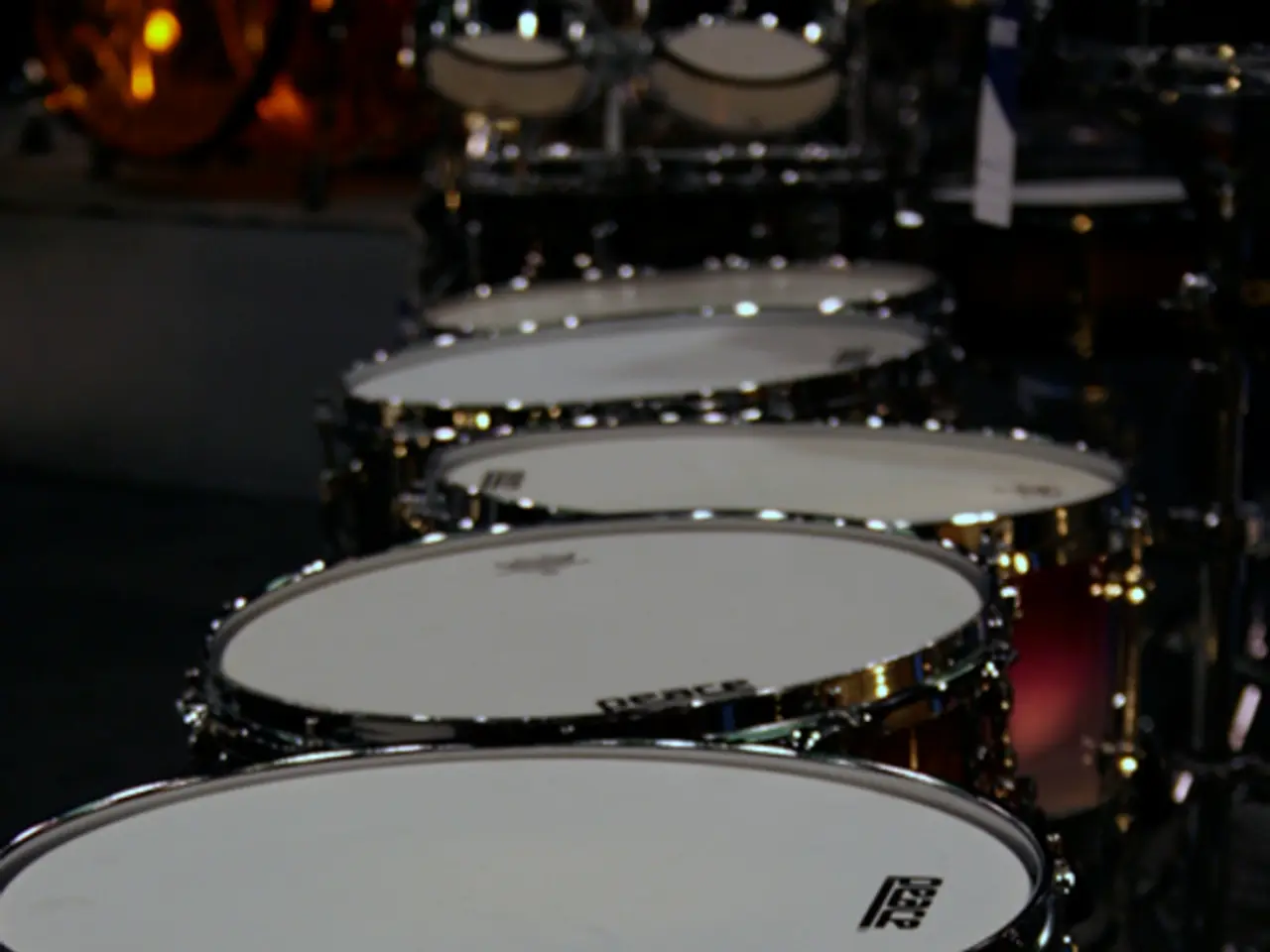Errors in Stroll: Unnoticed Actions That Prematurely Increase Your Physical Age
Refreshing strolls offer numerous benefits for both mental and physical health. However, certain walking habits can silently age your body without your realizing it. To avoid this possibilities, we spoke with April Medrano, a master coach at STRIDE Fitness, who outlined key mistakes to avoid on your next walk.
According to Medrano, "Poor walking mechanics can impact strength, balance, and increase injury risk." When posture is incorrect or gait is uneven, it creates compensations that weaken key muscles like the glutes and core. Over time, this can result in joint pain, reduced power in workouts, and a higher risk of injury. Imbalances from walking poorly can also disrupt your body's alignment, making it harder to maintain stability or build strength effectively.
Walking is one of the most consistent movement patterns we engage in, making improving it essential for injury prevention, performance, and longevity. Here are five common walking habits that can contribute to aging your body:
- Slouching: Slouching, whether sitting or walking, compresses the spine, strains the neck, and creates a hunched appearance often associated with aging. To maintain good posture, focus on walking with a tall posture where your head is stacked over your shoulders. In addition, perform exercises like band pull-aparts and wall angels that strengthen the upper back.
- Taking short, shuffling steps: Even when tired, avoid shuffling through your walks. This decreases ankle and hip mobility over time and can lead to instability and stiffness. To counteract this, include mobility drills like leg swings, lunges, and uphill walking to retrain a longer, more natural stride.
- Walking with rigid arms: If you're walking with stiff arms, work on adding some swing to your step. Arm swing is crucial for stability and rhythm. Walking with rigid arms or no arm swing can rob you of natural momentum and throw off your balance. Your arms should swing naturally front to back, not across the body, and strength training the upper body can help restore this fluid movement.
- Favoring flat surfaces: Opting for the same-old flat, predictable walking routes may be convenient, but it doesn't challenge your body. Consider adding trails, grass, or sand-along with agility drills like walking lunges or lateral steps-to build resilience.
- Wearing improper footwear: Choose walking shoes that provide support and durability to ensure a safe and effective cardio session. Wearing incorrect footwear-whether too worn out or overly cushioned-can lead to poor gait mechanics and weakened foot muscles. Invest in well-fitting, supportive shoes and spend time barefoot on stable surfaces to strengthen your feet and improve your body alignment.
By addressing these poor walking habits, older adults can maximize the benefits of walking while minimizing risks. Proper posture, supportive footwear, strength training, balanced activity, and adequate rest all contribute to injury prevention, improved performance, and longevity.
- April Medrano, a master coach at STRIDE Fitness, suggests that poor walking mechanics can lead to increased injury risk and impact strength and balance.
- Slouching, whether walking or sitting, compresses the spine and strains the neck, contributing to the appearance of aging and potential joint pain.
- Avoiding shuffling through walks, including mobility drills, and adopting a longer, more natural stride can help prevent decreased ankle and hip mobility over time.
- Wearing supportive footwear is essential for a safe and effective cardio session, as improper footwear can lead to poor gait mechanics and weakened foot muscles.








